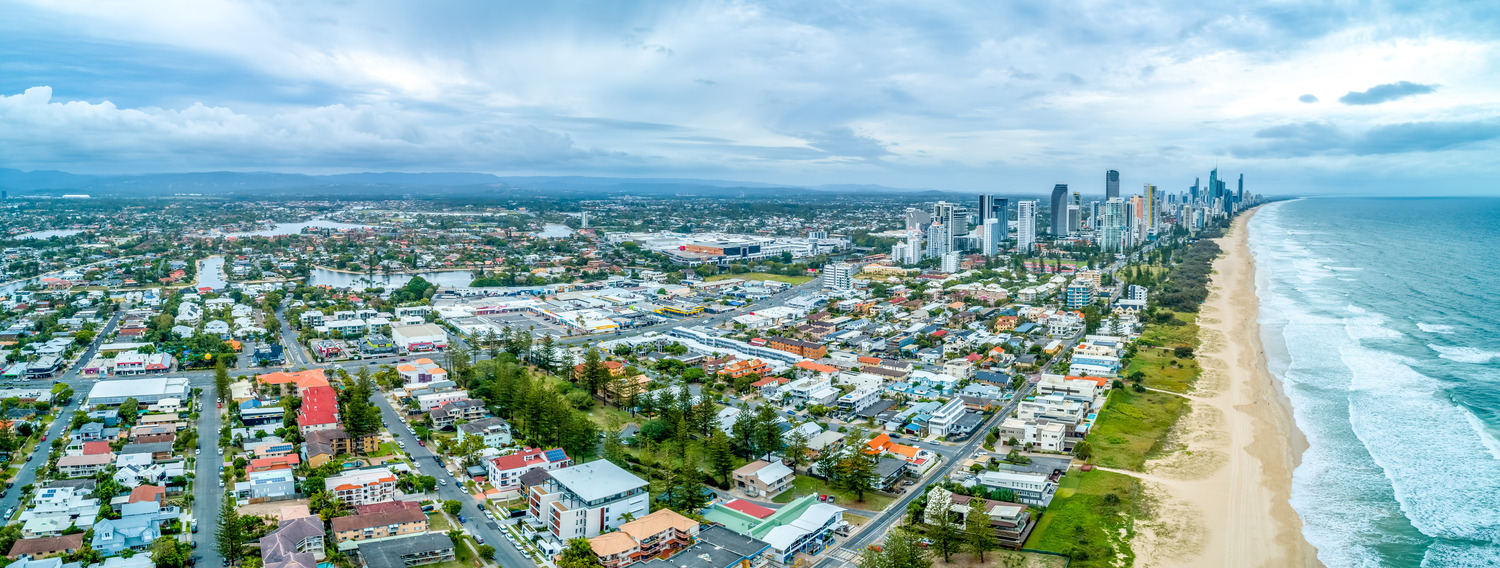Queensland set to overtake Victoria as Australia’s second biggest property investor market
24 October 2024
Traditionally, the largest investor loan markets for property in Australia have been New South Wales, followed by Victoria and then Queensland. Now, the Sunshine State is poised to overtake Victoria as the second biggest investor market in the country.
According to data analysed by Money.com.au, Queensland now accounts for 23% of all investor loans over the past year. It’s hot on the heels of Victoria, which accounts for 23.3% of investor loans over the same period.
“Queensland is on the verge of dethroning Victoria as the nation’s second biggest investor market. There were 48,531 investor loans issued in Queensland, just shy of the 48,812 loans issued in Victoria, and the odds are that these numbers will flip next month and put the Sunshine State ahead,” according to Peter Drennan, Money.com.au‘s Research & Data Expert.
This is a stark contrast to a year ago when Victoria held 26.2% of all investor loans, while Queensland had 22.4%.
The average investor loan in Queensland has also grown by 14% year-on-year from$490,875 to $560,104. The average investor loan in Victoria has grown by just 5.3% year-on-year from $535,432 to $563,632.
Money.com.au’s Home Loans Expert, Mansour Soltani, attributes this shift to the flat-rate levy introduced for property investors in Victoria, along with additional taxes on landholdings, which have made the state less appealing.
“Many property investors are leaving Victoria in favour of states with lower taxes. Queensland is emerging as the new promised land. It has everything property investors look for including a strong local economy, population growth, expanding regional markets, and ongoing infrastructure projects,” he says.
“There are also many regional markets in Queensland, such as Townsville, Bundaberg, and Gladstone, offering low entry costs. Investors can still purchase homes for around $500,000 and achieve solid rental yields of 5-10% or more.”
However, Mansour says investors should do their due diligence. “Cheap doesn’t always mean good, but it can be a solid entry point into property investing,” he says.
Queensland shaking up the investor market in Australia
Australia is currently experiencing an investor boom, and Queensland is emerging as a key market. The Sunshine State leads the nation with a 36% year-on-year growth in investor loans — nearly double the national average of 21%. Western Australia saw a 32% increase, and South Australia grew by 27%.
First home buyer investor loans in Queensland grew by 23% year-on-year, reflecting a broader trend of Australians opting to invest in their first property rather than live in it.
Queensland is not only leading investor activity — owner-occupied loans in the state grew by 12% year-on-year, while no other market grew by more than 6%, and New South Wales saw no growth.
Key factors driving the investor boom in Queensland:
Rising rental yields in regional QLD: Increased demand for rental properties and limited supply are pushing up rental yields in Queensland’s regional cities. In areas like Bundaberg and Gladstone, rental yields have risen to 10% or more year-on-year.
Infrastructure development: Major projects, including Brisbane’s preparation for the 2032 Olympics and the Cross River Rail, along with new housing developments in Brisbane’s outer suburbs and regional towns, are contributing to soaring property values and providing long-term growth prospects for investors.
Interstate migration: People are moving from more expensive cities like Sydney and Melbourne to more affordable regions like Brisbane, Perth, and regional areas. ABS data shows that around 107,000 people moved to Queensland from interstate in the year to March 2024, while only around 76,000 people left to go to another state.
Lifestyle appeal: Queensland’s warmer climate and access to beaches make it a desirable location for both residents and investors. Popular tourist areas like the Gold Coast and Sunshine Coast continue to attract investors looking for vacation rentals or high-demand properties.






